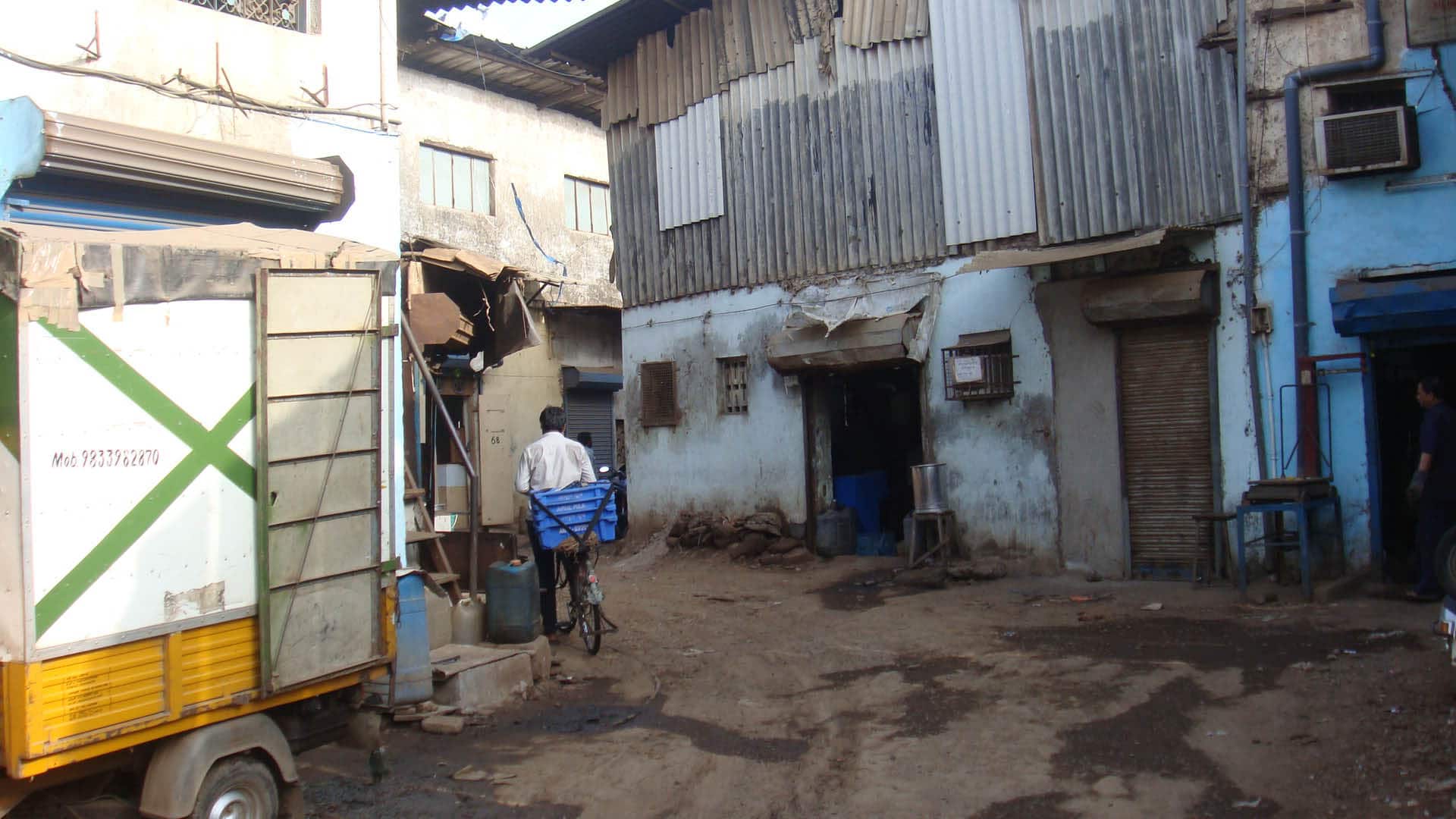At these pioneer film studios, directors on high chairs once shouted through their megaphone — Silence, Camera, Rolling and Action! Today, as Bollywood basks in the sunlight of its 100th anniversary, many of the studios that launched superstars are gasping for air.
In 1913, Dadasaheb Phalke, father of Indian cinema released his first full length silent feature film “Raja Harishchandra,” which launched India’s Bollywood industry, which now spans the world.
Many production houses and studios emerged and thrived during the 1920s and 1930s. But some of the biggest studios of the era, including Bombay Talkies (1934) and Ranjit Studio (1929), which propelled the careers of some of India’s leading stars, now lie in ruins.

Birju Dada, caretaker at Ranjit Movieton: ” Is this a Taj Mahal that you are asking so many questions.”
Sahil Ahuja, an Indian resident in London, recently floundered into a depilated studio in Dadar — Ranjit Studio, which changed its name to Ranjit Moviton in 1934 — now a commercial center for small offices and shops. In some nooks and corners, the haunted remains of its glory days still linger — broken lights, some old furniture.
While touring the studio’s carcass, Ahuja bumped into its caretaker, Birju Dada. “What are you doing here?” Dada quizzed him in astonishment. “No one comes here, in fact nobody even remembers that this was a studio that once upon a time was major part of this industry.”
As Ahuja pressed him for information, Dada retorted: “Yeh koi Taj Mahal hai jiske barame itna puch rehe ho, iska itihas kaun jana chahega” (Is this a Taj Mahal that you are asking so many questions, who will want to know its history). When Ahuja persisted, Dada guided him to a tea stall and asked for person named Gopi. Now 84, Gopi was a technician in Ranjit Studio.
“I have worked with many high profile directors and actors of that time like Raj Kapoor, Nargis Motilal, Khurshid and Saigal, which some of you may not be familiar of. We use to make silent movies earlier and thereafter came up with sound,” recalled Gopi. “Have you watched any olden day’s movie?” he demanded to know.
Technology has changed the art of movie-making, he mused. “Hum bahut mehnati log the, hero ho ki villain sab itne hi sadaran the. Director jaise bolte hum waise hi karte, hum apni hoshiyaari nahi dikhate the. (We were very hardworking people, irrespective of being hero or villain they had no star tantrums and would just do as the director would say.)”
Ranjit Studio hit a bad patch with some major movie flops. Its owner Chandulal Shah was caught up in gambling and horse racing that drove him penniless and bankrupted the studio. After a run of 102 movies, the studio shut its doors in the 1970s.
Bombay Talkies was another legend of the early Bollywood industry. Its founder Himanshu Rai opened the studio in Malad, but had a nervous breakdown after World War II, which rattled Indian cinema.
Among its discoveries was Devika Rani, who became an acclaimed actress and diva. She was awarded the Padma Shri and became a key administrator at Bombay Talkies after the death of her husband Himanshu Rai. But the studio was forced to shut down in 1954.
Bombay Talkies was the launching pad of many legends, such as Madhubala, Mehboob, Ashok Kumar, Raj Kapoor (who had worked as an attendant in the studio and was subsequently spotted by Devika Rani and the studio financier Rajnarayan Dube). Likewise, Dilip Kumar was also picked up by the duo in Pune’s Aundh Military canteen where he was working and cast in Jwar Bhata (1944). Aghajani Kashmeri, the famous screen playwright, trained under Bombay Talkies founder Himanshu Rai.
Today the studio is a pale shell of its former glory. Sections of the studio have been turned into different industrial workshops. Plastic sheets protect some artifacts of the studio for posterity.

